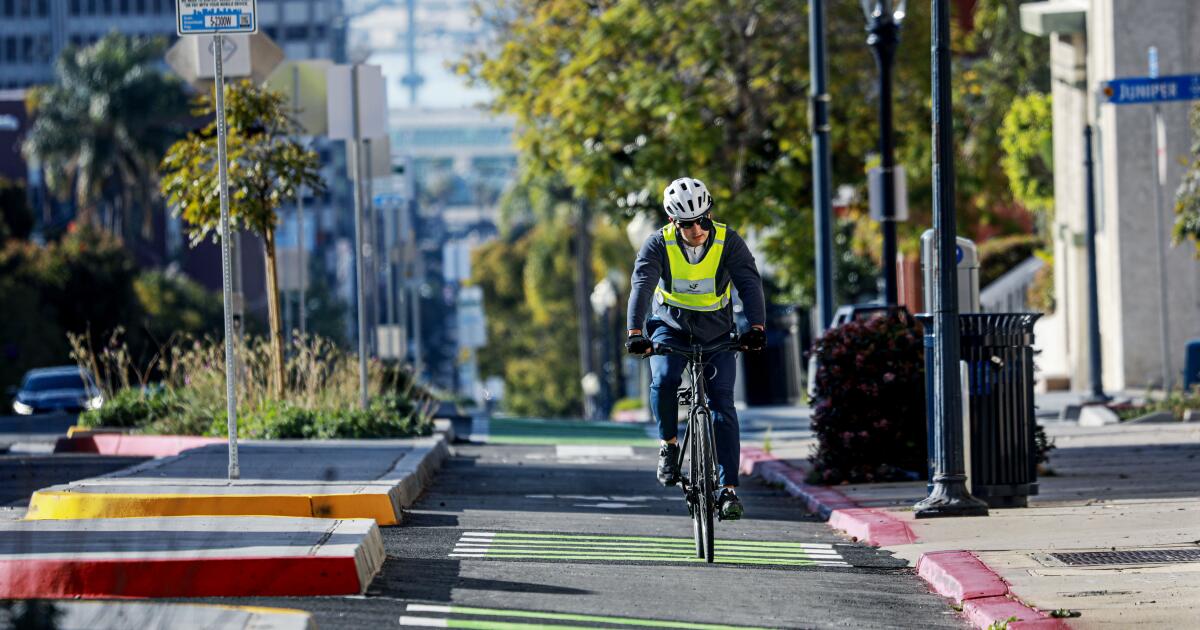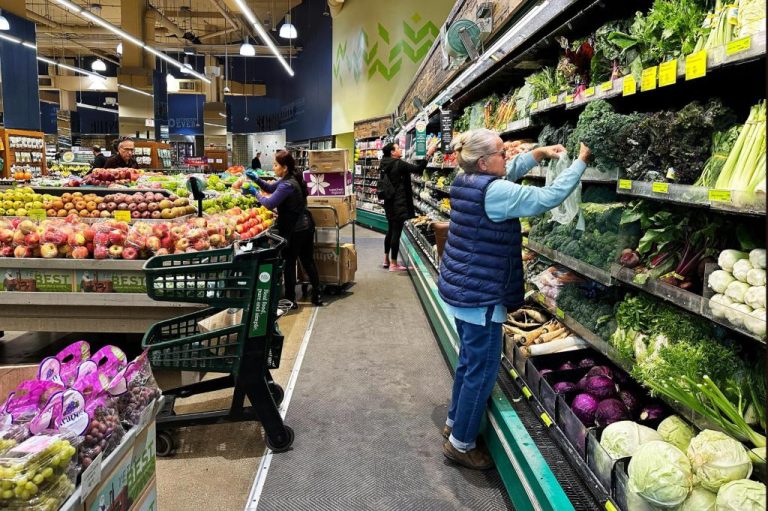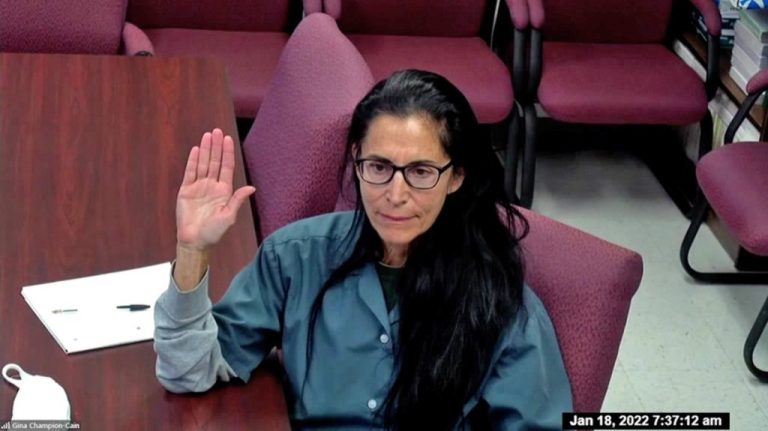
Prioritizing which new bicycle lanes, sidewalk projects and additional transit routes San Diego needs most is the primary goal of a proposed mobility master plan the City Council is slated to approve this spring.
A first draft of the plan released this fall targets 135 projects located mostly in urban and low-income neighborhoods where people are more likely to commute by walking, biking or mass transit.
The projects include installing new stoplights in Barrio Logan to boost pedestrian safety, replacing car lanes with bike lanes on Market Street east of downtown and adding curb bulb-outs at Congress and Twiggs streets in Old Town to slow down vehicles.
Other projects on the list are more ambitious, such as a proposal to relocate buildings and street medians on College Avenue near San Diego State University to boost safety with new bike lanes and vehicle turning lanes.
In addition to such infrastructure projects, the proposed plan includes mobility programs the city could prioritize, such as transit discounts, car sharing, carpooling, neighborhood shuttles and bike sharing.
It’s the first time the city has put its priorities for bike lanes, pedestrian upgrades and new transit projects into one document so they can be weighed against each other.
And it comes with San Diego far short of its goals for reducing the share of local commutes completed by private vehicle.
The city’s climate action plan calls for biking, walking and transit to account for 36 percent of commutes by 2030 and 50 percent by 2036. Right now, they account for just 13 percent.
The 135 projects, 20 of which officials deem very high priority, are culled from roughly 10,000 proposed mobility projects that appear in various city master plans and neighborhood blueprints for future growth.
Separating out these projects doesn’t mean the city won’t also pursue many others, said Phil Trom, a program manager in the city’s Sustainability and Mobility Department and the chief author of the proposed plan.
“This is a focused analysis on the real key areas where immediate investments would make a big difference,” Trom said.
The list will also change over time.
“While it reflects the city’s current priorities and needs, it will be a living document that is regularly revisited and updated to respond to the latest conditions and evolving needs as projects are completed, programs are implemented and growth occurs,” the proposal’s introduction says.
The criteria used to create the list include by how much a project is expected to boost safety, encourage exercise, reduce driving and help people of all ages and backgrounds get around and improve their health.
Those criteria have concentrated the lion’s share of the highest-priority projects in urban, lower-income City Council Districts 8 and 9.
The top six projects on the list are either in District 8, which includes Barrio Logan, Sherman Heights and San Ysidro, or District 9, which includes City Heights and the College Area. And 14 of the 20 projects deemed very high priority are partly or entirely in District 8.
None of the very high priority projects are in Districts 1, 5, 6 or 7 — the districts with most of San Diego’s higher-income suburbs.
The highest priority project on the list in District 7, a protected bike path along College Avenue from Navajo Road to the city’s border with Lemon Grove, is ranked 31st.
The highest in District 6, flexible lanes for rapid buses connecting Interstate 5 and Interstate 15, is ranked 45th.
The highest in District 1, grade separations for the Blue Line extension of the trolley that ends at UTC, is 65th.
And the highest District 5 project on the list, a new rapid bus connecting UC San Diego and Rancho Bernardo, is ranked 103rd.
Councilmember Marni von Wilpert, who represents north inland District 5, said it appears the city is essentially giving up on her district, even though she said its residents there drive more than anyone else in the city.
“This plan is not particularly helpful to address the challenges we face,” said von Wilpert, noting that only three of the 135 projects on the list are in her district.
She stressed that large, mid-rise housing projects are being built in Carmel Mountain Ranch and Rancho Peñasquitos on former golf courses, adding many new residents to those areas without any new ways to get around.
Von Wilpert said the plan should also include electric vehicle charging stations for her district. “My district is clearly still going to depend on cars to get around,” she said.
The proposal was also criticized by the nonprofit Climate Action Campaign for lacking annual benchmarks to measure progress.
City officials said they plan to evaluate progress every four years based on several criteria, including vehicle crashes, lengths of commutes, transit use, overall vehicle miles traveled and drops in the share of commutes that are made by private vehicle.
Alyssa Muto, director of the Sustainability and Mobility Department, said that if the council approves the plan this spring, next steps would include a funding strategy.
Councilmember Joe LaCava said residents daunted by changes to their neighborhoods aimed at boosting mobility should be open-minded.
“Communities that are supportive of bicycling are just better neighborhoods to live in,” he said.
LaCava praised the proposal as a way the city can spend relatively little money to change human behavior in a positive way. But he stressed that officials must be aggressive.
“I don’t want this to be a situation where we pat ourselves on the back and the plan sits on a shelf,” he said.







